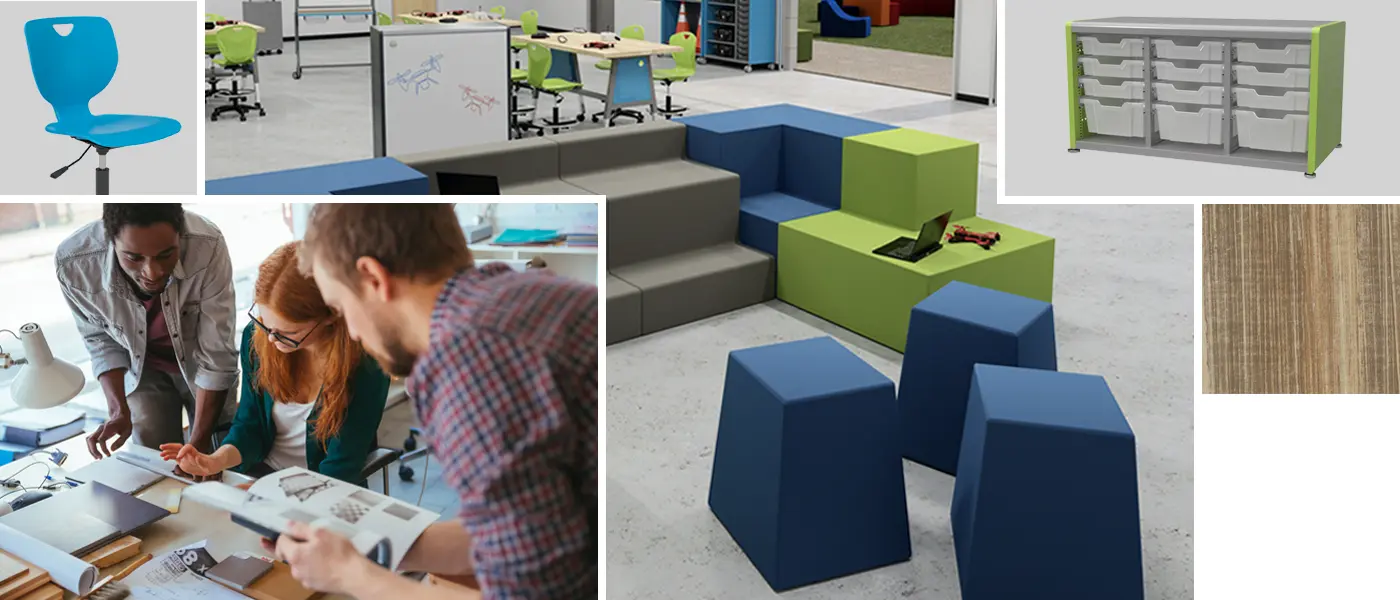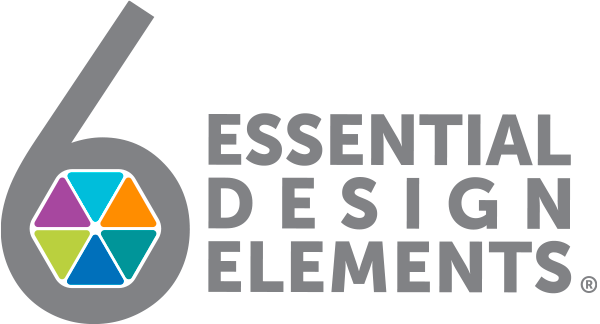

Discover
The Discover step is all about understanding you and your unique needs. In initial onboarding meetings, we will review everything from high-level strategy to the all-important executional details.
Discover Process
1
Develop a picture of your vision and connect instruction to the environment
2
Identify essential design elements for each environment
3
Review the scope and requirements of each area
We have identified 6 Essential Design Elements® based on educational research critical to help transform a space into a dynamic, future-ready space. These serve as our guiding principles to determine your needs and the possibilities for your spaces.
-
Choice: When kids can choose, they get engaged. Offer tables with variable heights, lots of soft seating, and a range of colors that inspire.
-
Comfort: When students are comfortable and confident enough to explore and discover, they learn better. Create spaces with ergonomic furniture, maximum efficiency lighting, optimal air quality and temperature and watch them go.
-
Versatility: One space can fit all. Learning spaces can, and should, adjust across modes and activities. Select furniture you can remix and rearrange to meet everyone’s needs.
-
Connection: Collaboration is the power that fuels social energy. Create spaces that encourage interaction between students, teachers, peers, and ideas.
-
Stimulation: Engage the body and you engage the whole student. Active learning design doesn’t just allow physical movement, it helps the mind swivel to attention, encouraging thinking, focus, and exploration.
-
Technology: It’s everywhere… and that’s where students need to be able to use it. Wire and equip rooms to allow for learning and charging everywhere.




